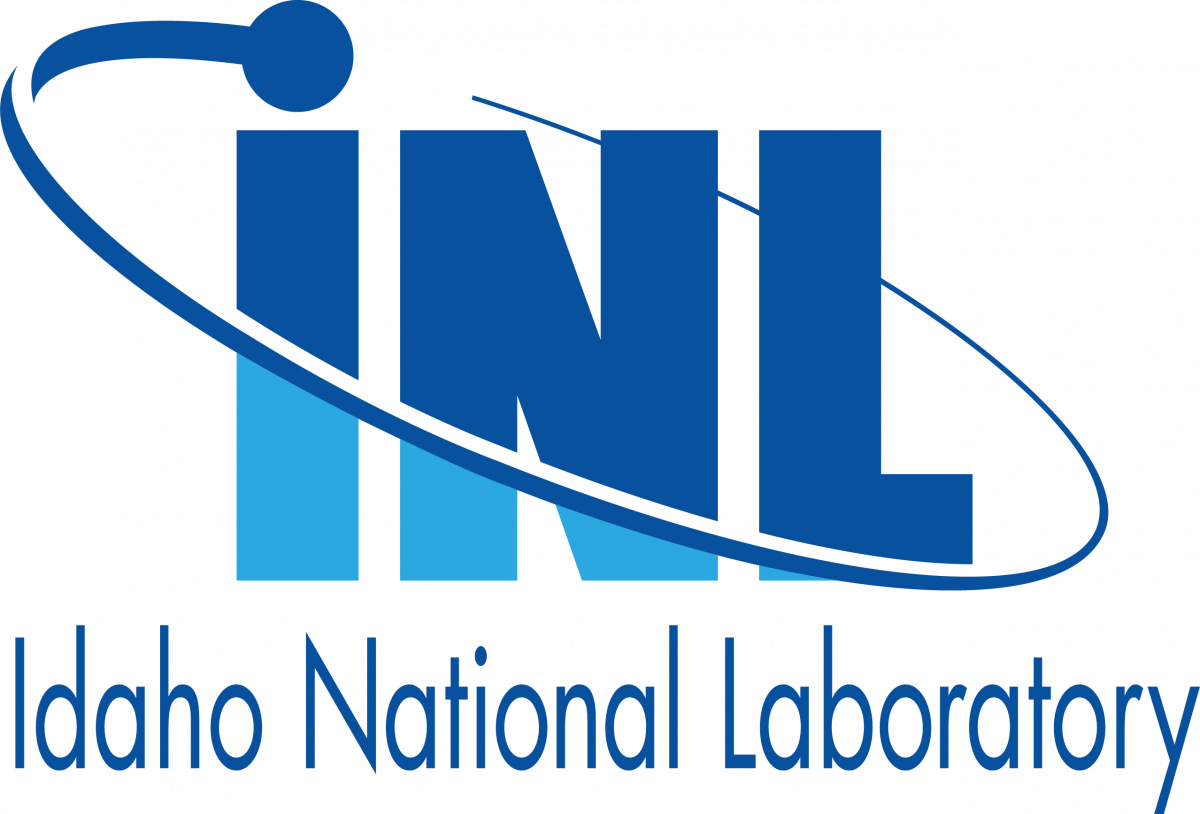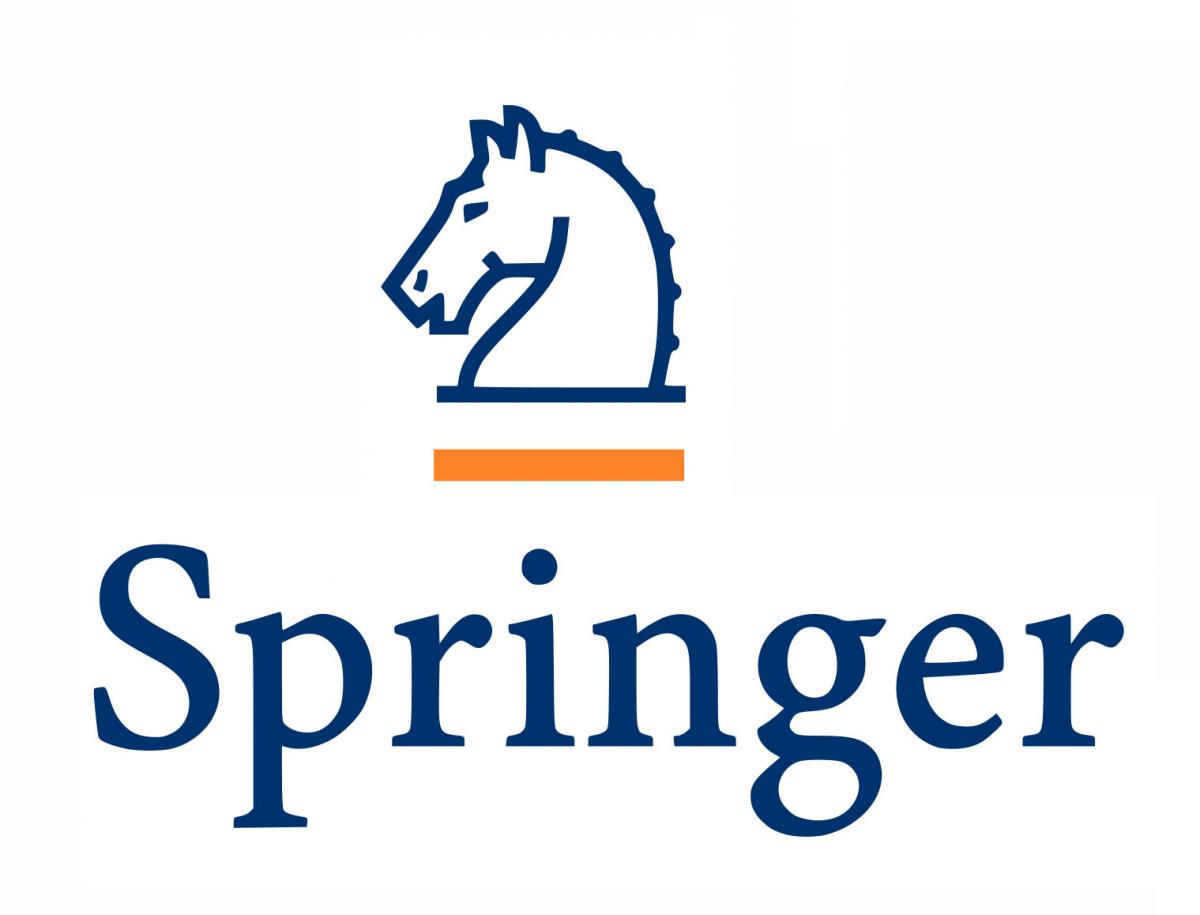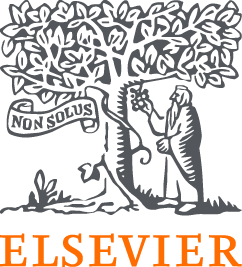Jesus Bonilla, Los Alamos National Laboratory
Qi Tang, Los Alamos National Laboratory
John Shadid, Sandia National Laboratory
Fusion is a virtually inexhaustible source of energy for electricity production. A key step towards viable fusion energy is to sustain and control burning plasma inside a reactor chamber. Large experimentation costs and the possibility of doing nonrecoverable damage to the reactor during experiments makes numerical modeling a fundamental part of fusion energy development. Fluid plasma models can often provide effective, and computationally efficient, descriptions to model plasmas in complex, multidimensional domains with the required resolution, for sufficiently dense and collisional systems.
However, as the model complexity used is increased, the need for an efficient numerical approximation becomes more important. Therefore, novel preconditioning strategies, AMR, multiscale methods, structure preserving discretizations, stabilization methods, and time integration methods for fluid models of plasma, and its combination are essential to successful plasma modeling.
In this minisymposium, we invite the speakers to discuss the latest developments in aforementioned topics. Currently, 12 people have already shown interest in participating:
Michael Crockatt (SNL), Brian O'Shea (MSU), Cory Hauck (ORNL), Jesus Bonilla (LANL), Zak Jorti (LANL), Jingmei Qiu (University of Delaware), Wei Gou (Texas Tech), James Rossmanith (Iowa State), Jingwei Hu (University of Washington), Golo Wimmer (LANL), Eric Cyr (SNL), and Thomas M. Smith (SNL).











